How to Meditate Correctly: 7 Tips
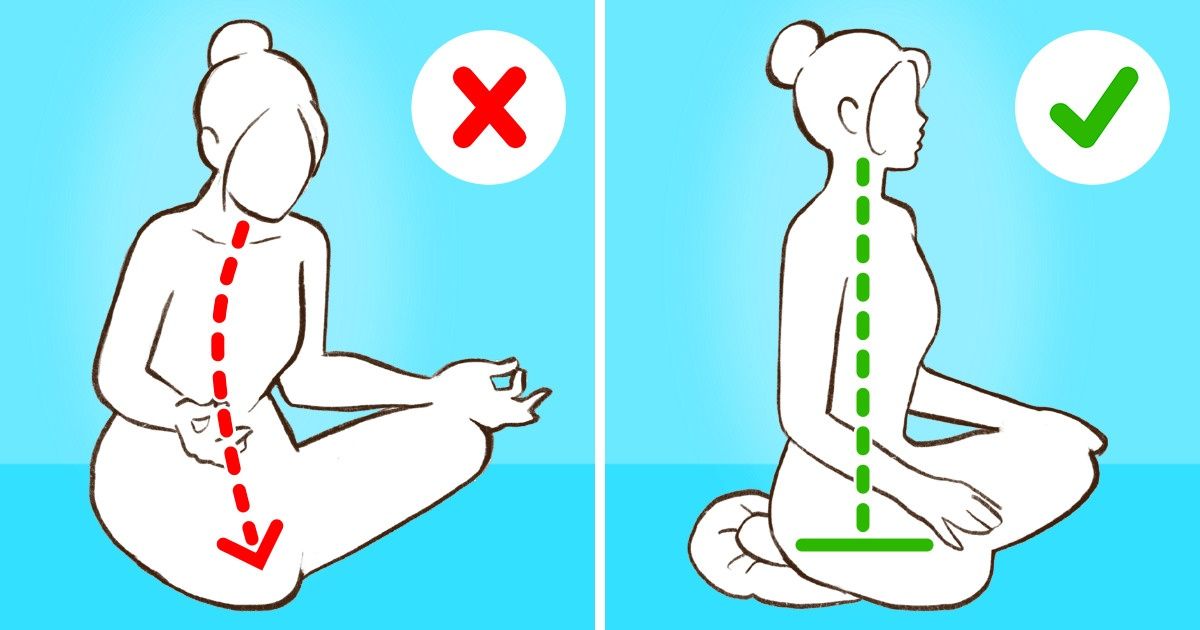
Meditation benefits your well-being by doing things like reducing stress, helping you develop patience, and a lot more. Even science agrees that this is true. If you want to make this practice a part of your lifestyle, let 5-Minute Crafts enlighten you about how to meditate in the right way.
Things you’ll need
- Comfortable clothes
- Scented candle or incense
- Yoga mat, sofa, chair, ottoman, zafu, or cushion
- Timer
- Meditation apps (optional)
Here’s how to meditate:
1. Wear comfortable clothes.
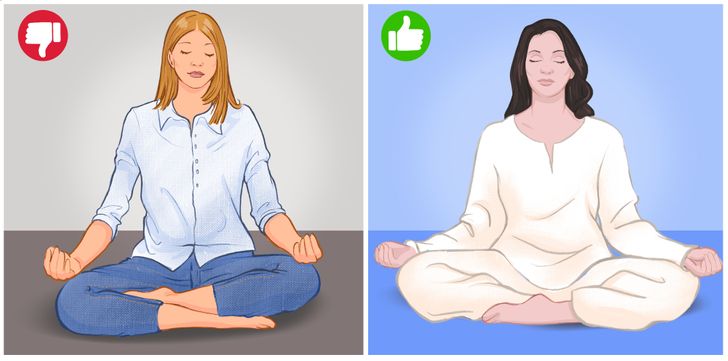
Since meditation calls for a lot of focus, you may not want your clothes to distract you in any way. Hence, wearing comfortable clothes is your best bet. Put on something that you can sit in or walk around in easily.
2. Find a distraction-free area.
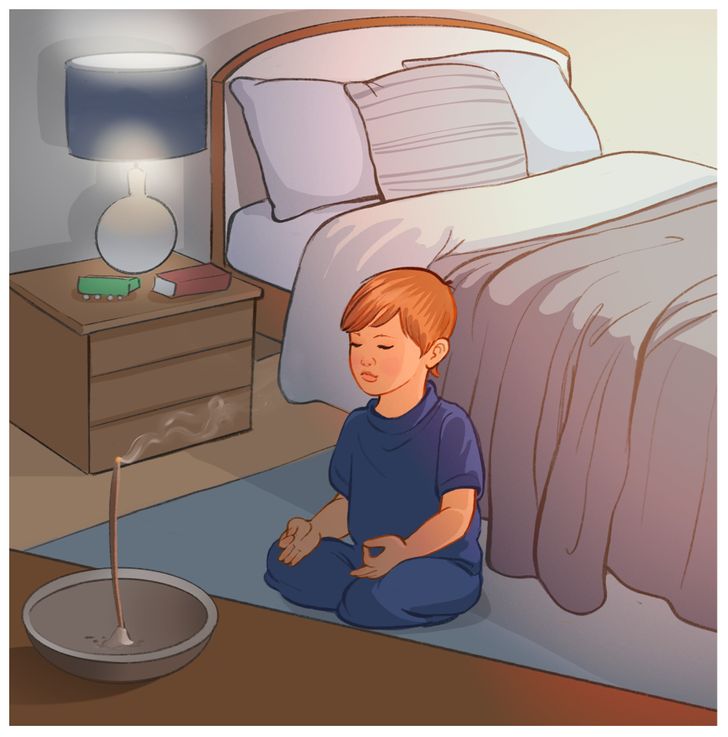
Find a quiet space that will help you focus on your meditation. Turn off your TV, mobile devices, and computers, shut the windows to drown out the street noises, and close the door to keep noisy roommates or family members at bay. You can also dim or turn off the lights to help you focus.
- Light a scented candle or incense to enhance your meditation experience.
3. Find a comfortable pose.
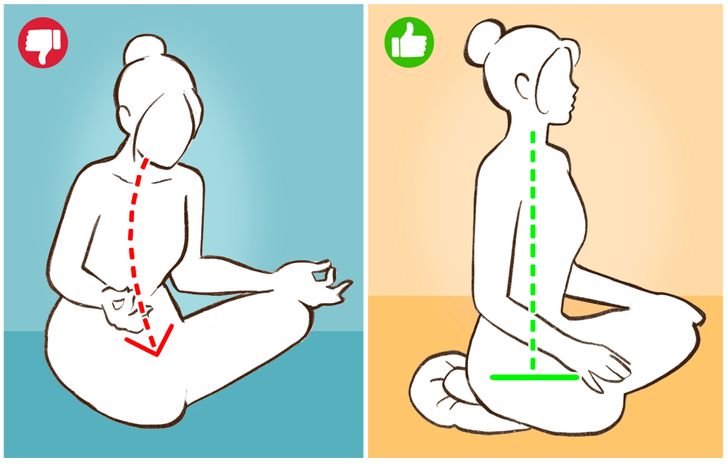
There are countless forms of meditation. The most common one is a breathing practice that you do while sitting on the floor on a yoga mat. If your back doesn’t cooperate, feel free to use a chair, a sofa, or the edge of a bed. The gist is to keep your back straight at all times in the most comfortable sitting position to make the meditation count, and keep the crown of your head straight. Remember to not slouch.
- You can also use a cushion or a zafu to keep your hips elevated when meditating.
4. Set a timer.
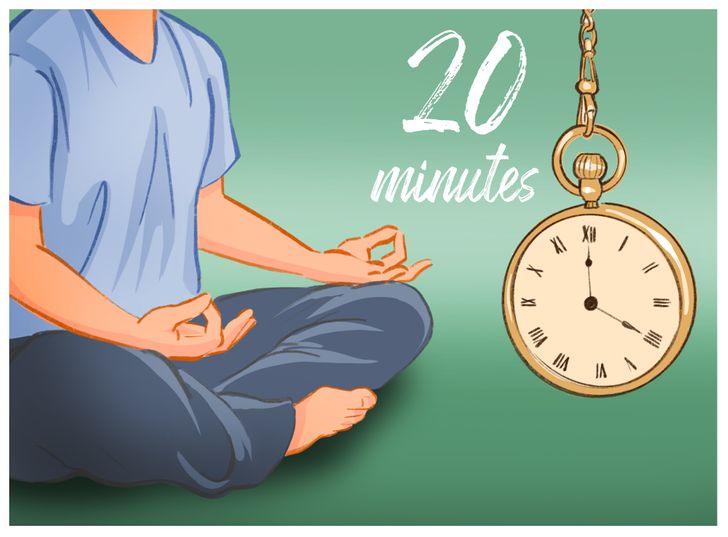
You may want to check the time every now and then while meditating. In this case, set a timer that will remind you to wake up at a particular time. For beginners, you can begin with 5 minutes, and then gradually increase it day by day.
- You can either use your manual clock to set the timer or set one on your phone. There are also many meditation apps available that come with built-in timers and instructions for guided meditation, which brings us to the next point. YouTube channels like Good Vibes contains sound therapy tracks that might come in handy.
5. Close your eyes and let your mind wander.
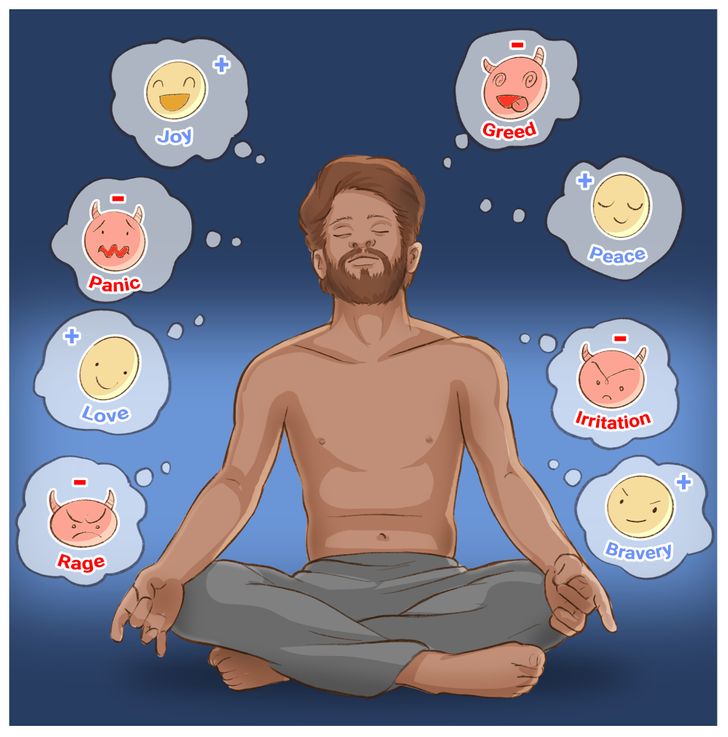
The most common reaction beginners have while meditating is that their thoughts just keep piling up on top of one another. You may also sense a lot of noise or chatter inside your head. Meditation is the best way to mute these sounds for good. Your clamoring thoughts might demand your attention, but just stick with it. The noise will settle after a while.
- While you’re getting used to meditation itself, you’ll find yourself being able to handle the noisy thoughts very easily.
6. Focus on your breathing
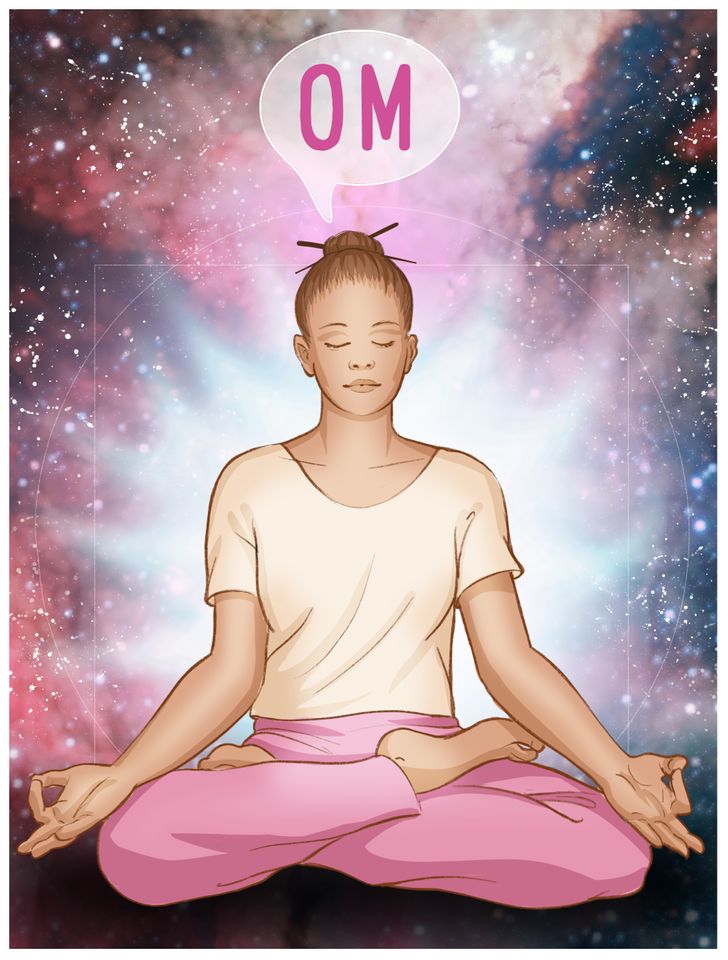
This is the most important part of meditation: breathing and being aware of it. Mute all of your day-to-day thoughts, or anything that is bothering you by focusing on the rhythm of your breathing, inhalations and exhalations, the sound of your breathing, and how your body feels when you do all of the above.
- Find what breathing pattern feels comfortable to you. For some, it is feeling the expansion in the chest or tummy when inhaling. Some focus on how the air passes in and out from the nose when breathing. The gist is to find what feels good to you.
- You can also chant the mantras or affirmations of your choice in your head or softly whisper them aloud. Research claims that these verbal exercises are a huge help in improving your well-being.
7. You’ll get better at meditating with practice.

Always remember that meditation is a practice that develops over time. It is about being in the present and setting yourself free from judgment. There will still be times when you find your mind wandering during meditation. And, it’s okay, you can still bring your focus back to your breath again. The practice is totally yours and you can be with it wherever you go and whenever you want to.